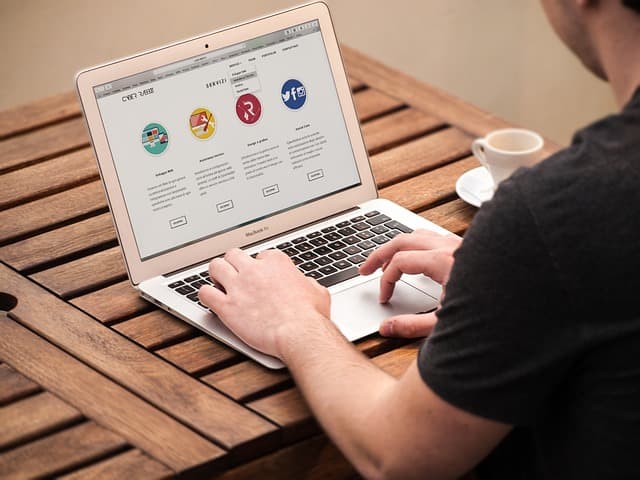Raspberry Pi is a versatile microcomputer that can be used not only for educational projects and automation, but also for working in the cloud. In this article we’ll see how to turn Raspberry Pi into a full-fledged Web Desktop OS, allowing you to work with cloud services and run web applications.
Choosing an operating system
To run Web Desktop on Raspberry Pi, you can use several operating systems optimized for running in a browser:
- Raspberry Pi OS (64-bit) – official OS with Chromium.
- Ubuntu Server + web interface – gives more flexibility for customization.
- DietPi – lightweight and optimized system for the cloud.
- FydeOS – Chinese alternative to Chrome OS running on ARM.
Setting up a web-centric environment
After selecting the OS, you can configure the Raspberry Pi to run as a Web Desktop:
- Install a browser: Chromium, Firefox, or even browser clients such as Midori.
Add support for cloud services:
- Google Drive, OneDrive, Dropbox.
- WebDAV to work with Nextcloud.
Optimize performance:
- Enable hardware acceleration in the browser.
- Use lightweight web applications.
Use Web Desktop shells
There are several solutions to turn your Raspberry Pi into a full Web Desktop environment:
- Porteus Kiosk, a web-oriented system for working with cloud services.
- Linux + Webtop (Docker) – deploy a full-fledged web desktop with XFCE or KDE.
- Nextcloud + OnlyOffice – an alternative to local office suite with cloud features.
Connecting to the cloud
If the Raspberry Pi is used as a thin client, you can connect it to a cloud OS:
- Windows 365 – access a Microsoft virtual desktop.
- Shells.com – running cloud-based Linux or Windows.
- AWS WorkSpaces – professional cloud workspace.
Performance and limitations
Although the Raspberry Pi can be used as a Web Desktop, it is worth considering:
- Limited computing power.
- Dependence on internet connection.
- Limited support for some cloud services.
Conclusion
Building a Web Desktop on a Raspberry Pi is an interesting experiment to create a lightweight, affordable and convenient cloud system. This approach is great for educational purposes, document management, and even lightweight development tasks. Want to give it a try? Do you already have a Raspberry Pi? Share your experience in the comments!



